Imagine an insect confidently hopping through the grass, blissfully unaware that its every move is being manipulated by a hidden invader. Suddenly, this unsuspecting creature makes a frantic leap—right into a nearby stream, where it quickly drowns. What invisible force compels such a bizarre and tragic fate? The answer is as astonishing as it is chilling: hairworms, nature’s macabre puppeteers, have mastered the art of mind control, turning their hosts into unwitting victims in a shocking display of biological manipulation. The story of hairworms is one of strange beauty, remarkable science, and unsettling power over life itself.
The Mysterious Life Cycle of Hairworms
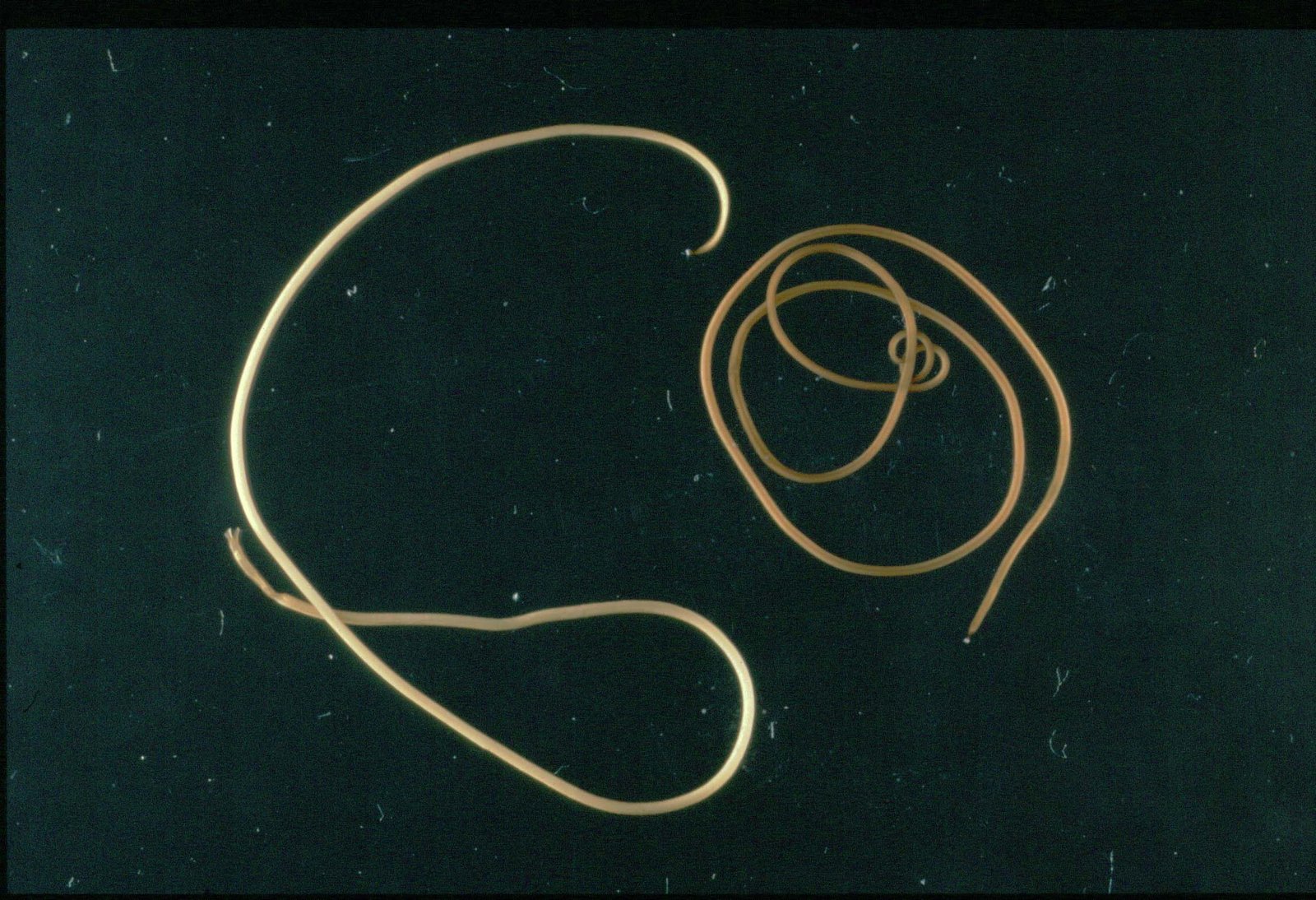
Hairworms, also known by their scientific name Nematomorpha, are slender, threadlike parasites that spend a dramatic part of their lives hidden within other creatures. Their journey begins in water, where adult hairworms lay thousands of eggs. When these eggs hatch, the tiny larvae must find a way inside a suitable host, usually insects like crickets or grasshoppers. Once inside, the larvae start feeding and growing, coiling up tightly to fit within their host’s body. For weeks or even months, the host behaves normally, oblivious to the growing stowaway inside. The hairworm’s transformation from egg to adult is a testament to nature’s complexity, involving multiple stages and cunning strategies to ensure survival.
The Art of Host Manipulation
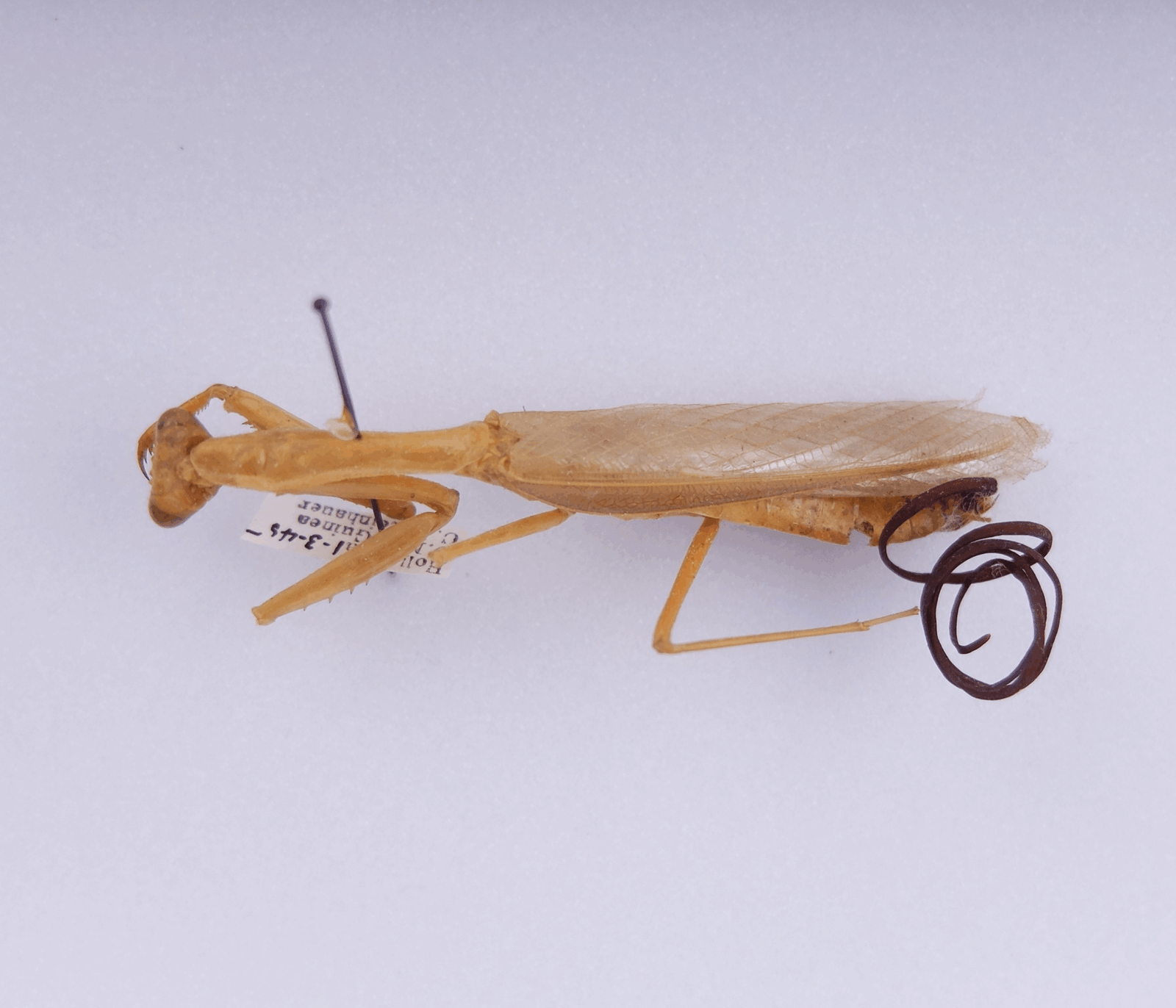
What truly sets hairworms apart is their astonishing ability to alter their host’s behavior. Unlike most parasites, which simply feed off their hosts, hairworms actively manipulate their hosts’ brains. When the hairworm is ready to return to water and complete its life cycle, it releases chemical signals that hijack the host’s nervous system. The infected insect, compelled by an urge it cannot understand, seeks out water—even if it has never done so before. This manipulation is so precise that researchers liken it to having a remote control over the host, guiding it to its doom with eerie accuracy.
A Tale of Tragic Sacrifice: The Host’s Final Act
For the infected cricket or grasshopper, the journey ends in tragedy. As the host approaches water, it abandons natural instincts for self-preservation. Some insects have been observed leaping into streams, ponds, or puddles with frantic determination, often struggling as they succumb to the water. Once submerged, the hairworm bursts from the host’s body, leaving it lifeless and discarded. This spectacle, as heart-wrenching as it is fascinating, highlights the lengths to which parasites will go to ensure their own survival.
Unraveling the Science: How Do Hairworms Control Minds?
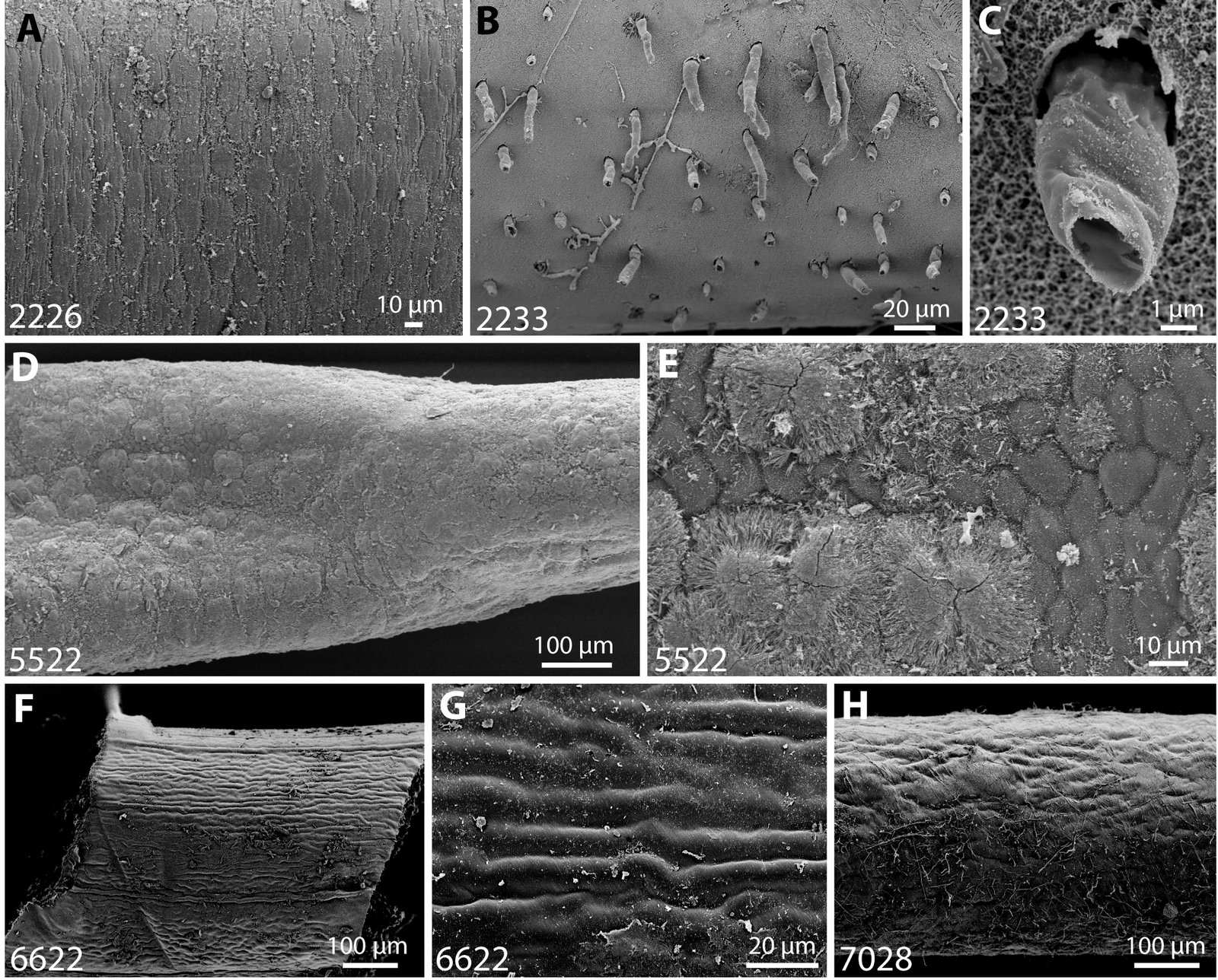
Scientists have long been captivated by the hairworm’s power over its host. Recent studies suggest that hairworms produce molecules that mimic the host’s neurotransmitters, effectively ‘rewiring’ the insect’s brain. These chemical cues can disrupt normal behavior and implant new, self-destructive urges. The process is so sophisticated that it remains only partially understood. What’s clear is that hairworms exploit the very building blocks of the nervous system, making their manipulation as much a marvel of chemistry as biology.
Hidden Invaders: Hairworm Hosts in Nature
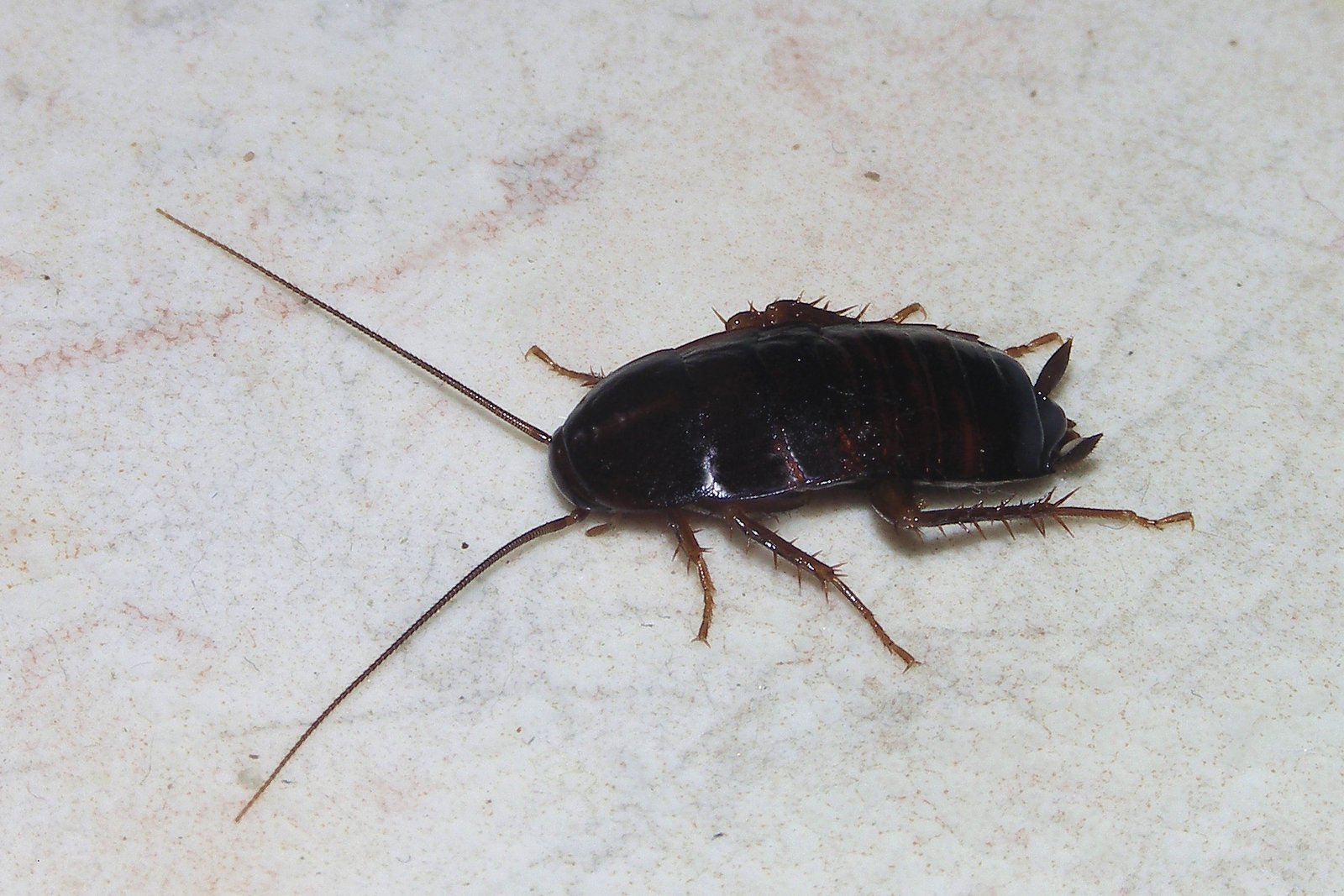
While crickets and grasshoppers are the most famous victims, hairworms are not picky. They have been found in beetles, cockroaches, and even praying mantises. Each host presents unique challenges, but hairworms adapt their tactics with startling versatility. Some species even specialize in certain insects, having evolved alongside their hosts over millennia. This diversity shows how widespread and adaptable hairworms have become, thriving in fields, forests, and grasslands around the world.
Puppet Masters in the Ecosystem
Hairworms aren’t just morbid curiosities—they play a surprising role in ecosystems. By causing their hosts to drown, hairworms help transfer nutrients from land to water, providing food for aquatic animals and plants. This ripple effect can shape the balance of both terrestrial and aquatic environments. In a strange twist, the hairworm’s gruesome manipulation may ultimately support entire communities, proving that even the most sinister strategies have a place in nature’s grand design.
Strange Adaptations for Survival
To survive inside a host, hairworms have developed remarkable adaptations. Their bodies can stretch to several times the length of their host, tightly coiled and flexible. They produce enzymes that help them resist the host’s immune system, and their outer covering is nearly impervious to digestive fluids. These traits make hairworms both resilient and elusive, able to thrive in hostile environments where other parasites would fail. This evolutionary arms race has yielded some of the most bizarre and effective survival techniques in the natural world.
The Shocking Emergence: Hairworms Leaving Their Hosts
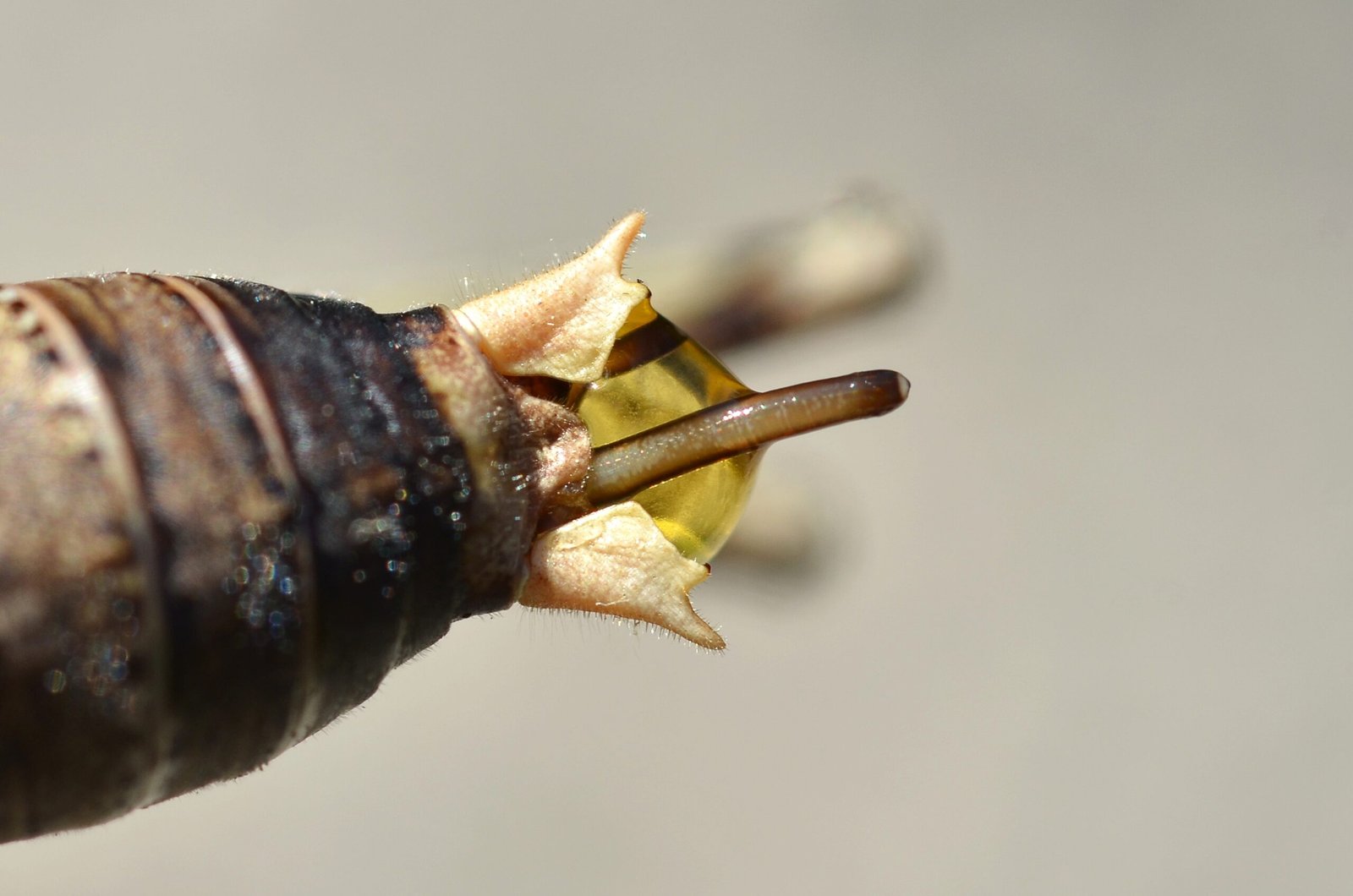
The final act of the hairworm’s life cycle is as dramatic as any horror movie. Once in water, the adult hairworm violently wriggles out of its host, sometimes stretching as long as 30 centimeters—many times the length of the insect it has inhabited. Witnessing this emergence can be both shocking and awe-inspiring. The host, exhausted and often mortally wounded, rarely survives the ordeal. The newly freed hairworm, on the other hand, is now ready to seek a mate and begin the cycle anew.
Hairworms and Human Curiosity

Despite their macabre lifestyle, hairworms have fascinated scientists and nature lovers alike for centuries. Their story is a window into the hidden world of parasites, where strategies for survival can be both ingenious and unsettling. Hairworms also challenge our understanding of free will and control, raising deep questions about the nature of consciousness in even the simplest creatures. They remind us that the natural world is full of mysteries waiting to be uncovered, often in the most unexpected places.
Hairworms in Culture and Folklore
Throughout history, hairworms have inspired myths and legends. In some cultures, they were mistaken for magical creatures or bad omens, believed to cause madness or strange behavior in animals. Old folk tales from Europe and Asia describe wriggling worms emerging from drowned animals, fueling superstitions about curses or evil spirits. Today, scientific knowledge has dispelled many of these myths, but the hairworm’s eerie abilities continue to capture the imagination of storytellers and artists.
The Evolutionary Arms Race: Hosts Versus Parasites
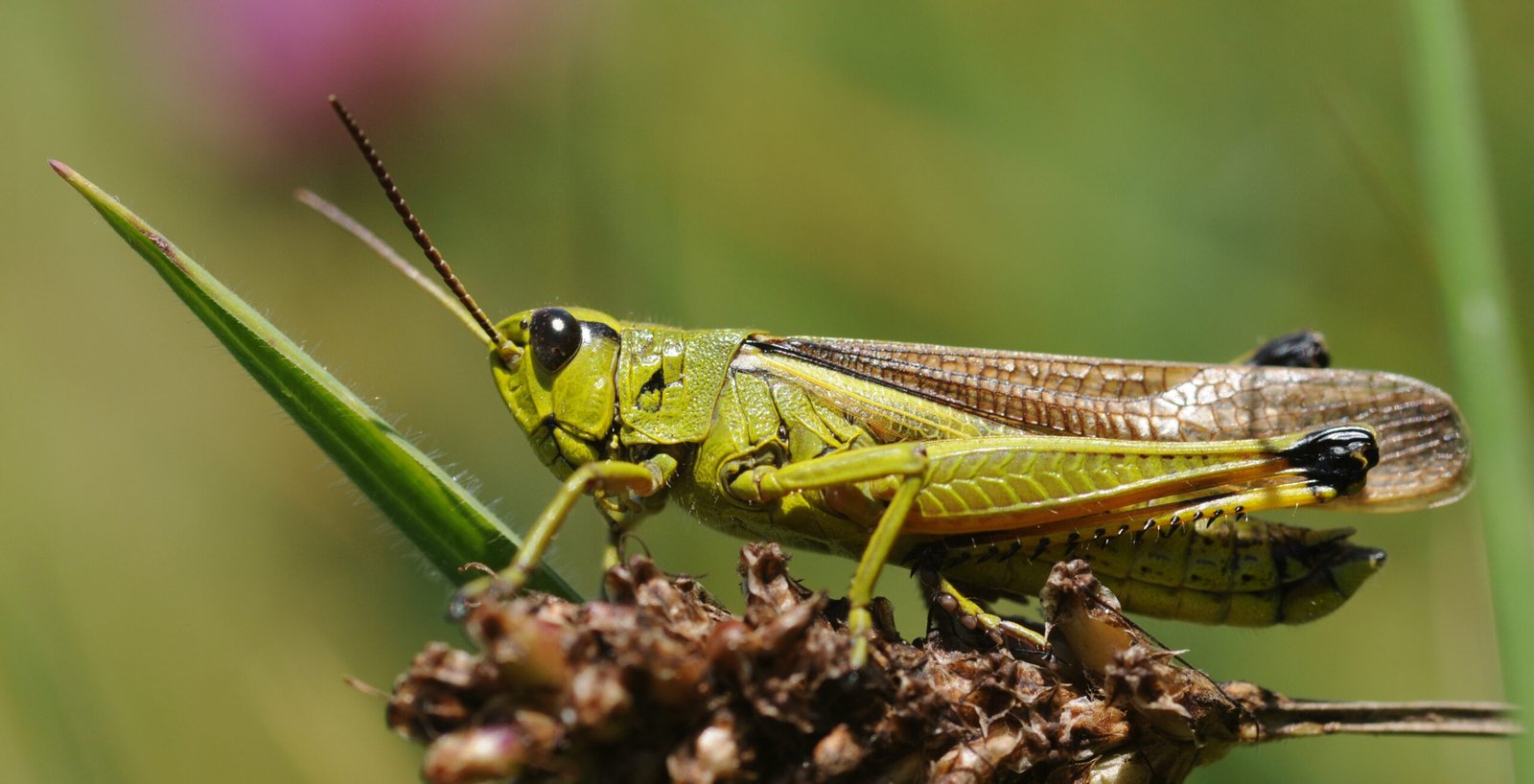
The relationship between hairworms and their hosts is a classic example of coevolution. As hairworms refine their manipulation techniques, hosts develop new defenses in response. Some insects have evolved behaviors to avoid water, while others may recognize the symptoms of infection and isolate themselves. This ongoing battle drives innovation on both sides, with each generation adapting to the other’s latest moves. It’s a relentless struggle for survival that has shaped the biology of both parasite and host.
Can Hairworms Infect Humans or Pets?
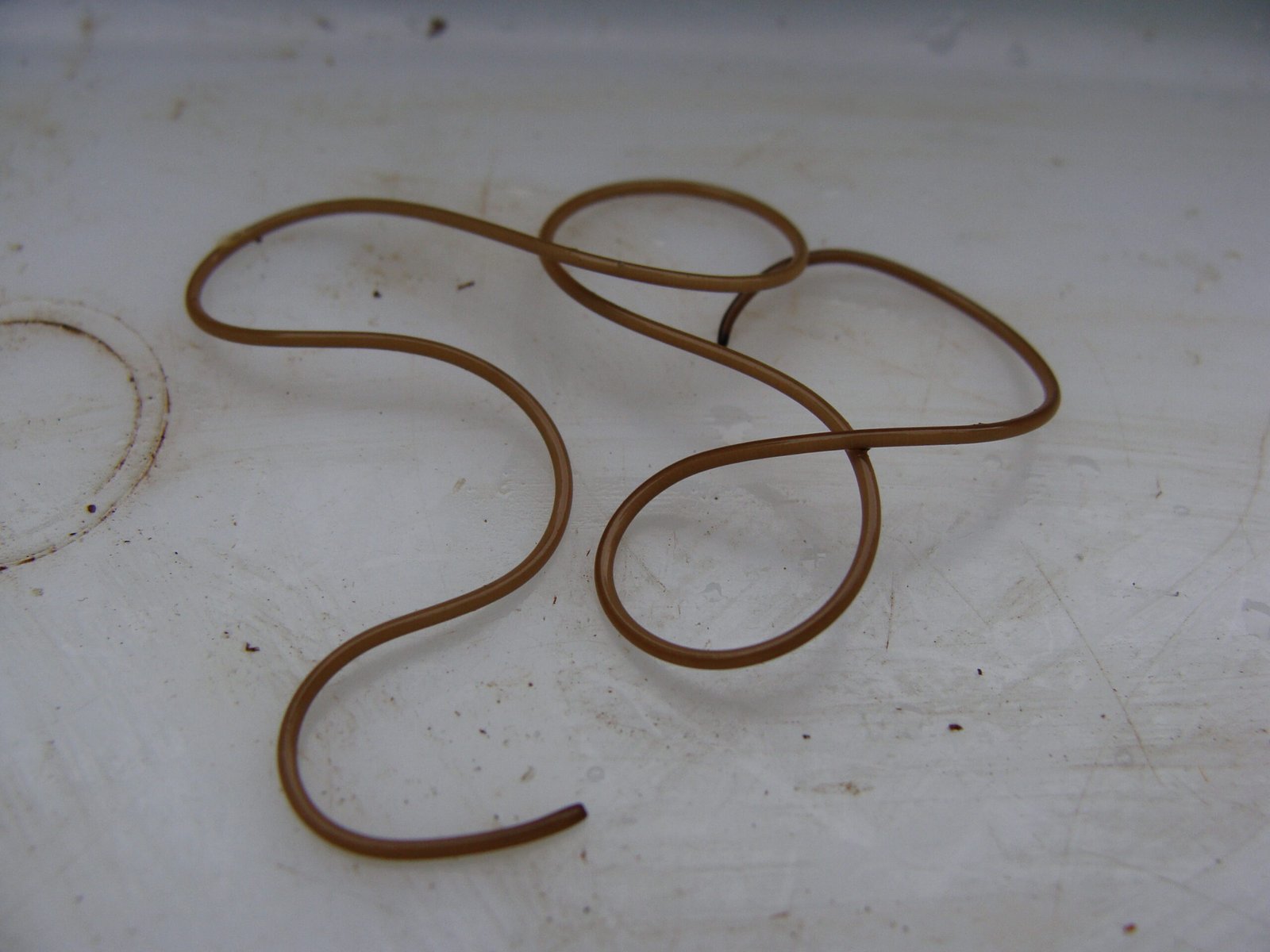
One question often asked is whether hairworms pose a threat to people or domestic animals. The reassuring answer is no—hairworms are highly specialized parasites that cannot survive in mammals, birds, or reptiles. Their life cycle depends on specific insects and aquatic environments, making accidental infection in humans virtually impossible. Occasionally, people may find hairworms in water troughs or pet bowls, but these encounters are harmless curiosities rather than cause for concern.
Nature’s Mind Control: Other Examples Beyond Hairworms

Hairworms are not alone in their manipulative prowess. Other parasites, like the fungus Ophiocordyceps, turn ants into zombie-like climbers, while Toxoplasma gondii can alter the behavior of rodents to make them easy prey for cats. These examples show that mind control is a surprisingly common strategy in nature. By comparing different parasites, scientists gain valuable insights into how complex behaviors can be hijacked and rewritten—a field that continues to reveal new surprises.
Hairworms as Inspiration for Scientific Discovery
The study of hairworms has inspired advances in biology, neuroscience, and even robotics. By unraveling the secrets of hairworm manipulation, researchers hope to develop new treatments for neurological disorders or novel ways to control pests. The intricate relationship between parasite and host also serves as a model for understanding how chemicals influence behavior. Hairworms, in all their strangeness, have become unlikely teachers, guiding us toward new innovations and discoveries.
The Beauty and Horror of Parasitic Relationships
There’s something both beautiful and horrifying about the hairworm’s story. It’s a vivid reminder that life is full of unexpected connections, where survival often depends on outsmarting or overpowering others. The drama of a cricket leaping to its doom may seem tragic, but it’s also a natural wonder, shaped by millions of years of evolution. Hairworms challenge us to look beyond the obvious and appreciate the hidden stories unfolding all around us.
What Hairworms Teach Us About the Natural World
The saga of the hairworm is more than just a tale of horror—it’s a lesson in adaptation, persistence, and the intricate web of life. By studying these remarkable parasites, we glimpse the delicate balance that keeps ecosystems thriving, as well as the surprising ways living things interact. Hairworms remind us that nature is far stranger and more fascinating than we often realize, and that curiosity is the key to unlocking its secrets.




